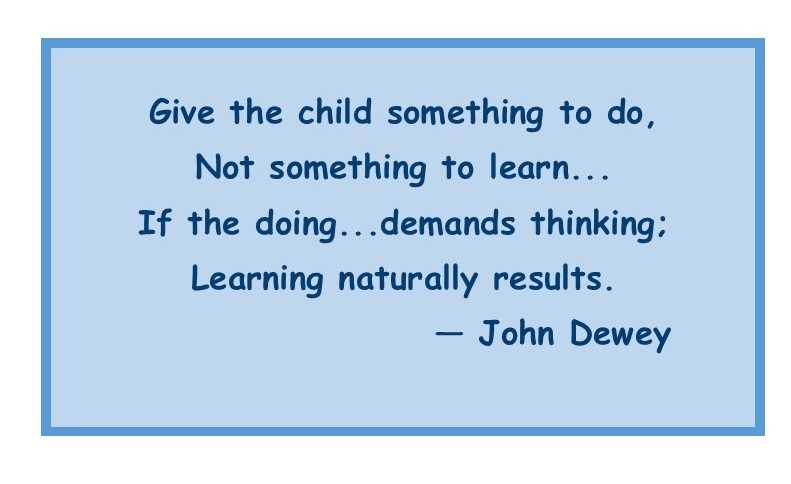 You don’t need to make learning at home look like the classroom, nor should you try to do that. For the two are very different settings, and each has its own advantages.
You don’t need to make learning at home look like the classroom, nor should you try to do that. For the two are very different settings, and each has its own advantages.
I strongly support public schools, as they have valuable benefits for the child and for society in general. At the same time, there are also advantages to learning at home, and you’re likely lose some of them if you try to create what some refer to as, “public school at home.”
At home, you have the advantage of focusing on literacy skills in a very concentrated, targeted way that supports your child’s level of skill development and their heartfelt interests.
So using the strategies I’m sharing here, you’re able to provide highly personalized instruction. With this, even a brief time on them each day it’s likely your child will exceed what they would be able to do at school in the same amount of time.
Once their work is finished, you might decide to offer your child some other structured learning activities , but you don’t have to. For you’re free to give them practical, “real life” experiences throughout the day — just by involving them occasionally in your daily routine, as described elsewhere in this section.
So there’s no need for you to try to replicate what a teacher does in class — or the time spent doing it.
You as Teacher and why can accomplish more at home, in less time
First, a word to parents interested in working on this, but who approach the role of “teacher” with some trepidation. Then we’ll look at timing.
I want to point out that you are your child’s first and can be one of their best teachers. For you and your child have already accomplished a lot together. For one, you helped them learn to talk, pretty much as I describe in A Natural Approach. And this is an incredibly complex skill.
Using the strategies described here, you can do it with literacy skills in a very similar way. (Or knowing the child as you do, you can guide a grandparent or caregiver who does it for you.) Just keep in mind that the Key Words strategies are very similar to how you helped your child learn to speak: You emphasized words with special meaning to the child, they absorbed what they saw and heard you say. And nature equipped them with the ability to “figured out” in some hidden way how to copy it on their own. The main difference here is that you’ll be more intentional about it.
In addition to that, you can keep your child moving forward in much less time than you might have imagined. For you can ultimately accomplish in a few minutes a day at home what takes a much longer time in school.*
There are three reasons that’s possible:
- A considerable amount of classroom time is spent on management. A teacher has to organize and reorganize for various instructional groupings, make sure everyone is on task, deal with a variety of questions and disruptions, etc. So it’s just not valid to equate the number of minutes spent at home on a particular subject vs at school.
- It’s very difficult, in the classroom, to give each child exactly what they need. Though most teachers are very skilled, still, even broken into small groups, it’s difficult to match what each child is doing to their developmental level. But you’ll be able to do that for your child, using the strategies and criteria provided here to help you decide when to move them forward.
- All strategies are based on your child’s interests. Studies have shown that interest has a powerful positive effect on motivation and learning. Yet basing each child’s work on something they’re very interested in is very difficult to do in the classroom, with a large group of children. But as pointed out earlier, you can easily do that at home.
*My purpose here is to show parents how they can help their child progress, wherever the child spends their time. A discussion of all the reasons why public school is extremely valuable is beyond the scope of this website. But I do want to emphasize that I strongly believe in the value of public schools. At the same time, I also understand and support the decision of parents who choose homeschooling.